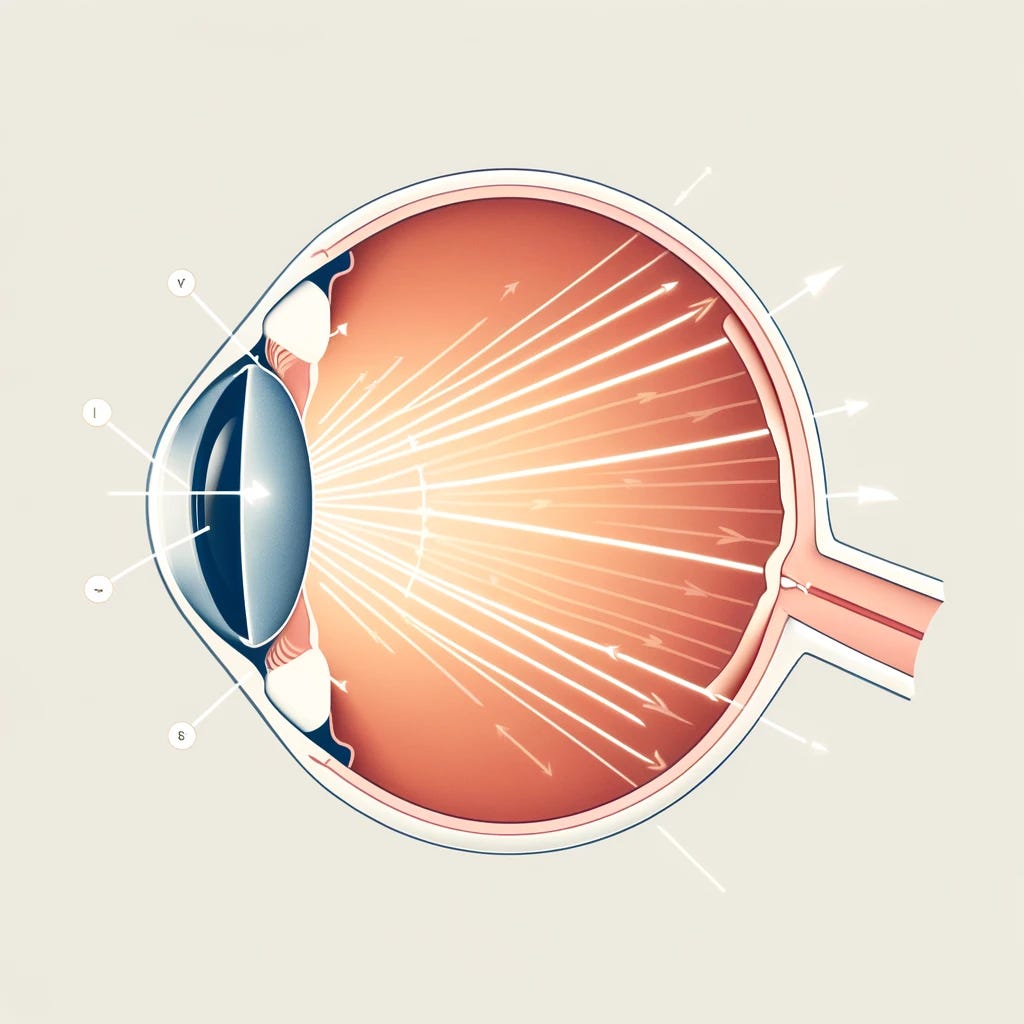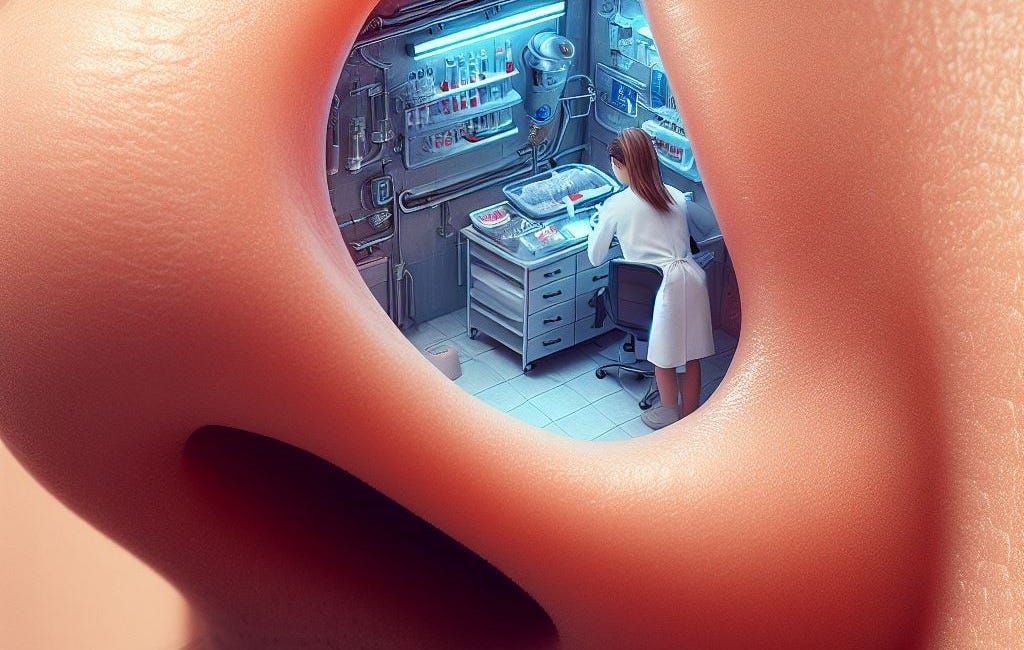Take a Look at This
High resolution TVs display millions of pixels on the screen at once.
8K resolution, for instance, gives you 7,680 horizontal pixels and 4,320 vertical pixels, for a total of about 33,177,600 pixels. Each of these pixels makes up a tiny part of the cohesive image on the screen, and you can pause it at any point to check that they’re all really there.
Pixels are a representation of an image we might see in the real world, but it pays to remember that the menu is not the meal. As mind-bending as 33 million pixels might seem to us, there is a great deal more information hitting our eyes every instant.
That’s because images are made up of light, in a manner of speaking. Let’s imagine that we see a face on that screen. We already know that face is made up of 33 million individual components—pixels can’t be broken down any further, so you can think of them as the quanta of TVs.
The quanta of light are called photons, and their numbers are almost unimaginable. Light from a face like the one you see on TV starts with whatever the light source is in nature. When you look at this face, some of this light strikes the face and then bounces back toward your eye.
Of course, not all of those photons bounce off your face. Some of them are absorbed by our bodies in the form of heat—that’s how sunlight warms you up. Others are used to catalyze vitamin D in your body, while others can harm your DNA if they hit it just right.
While pixels on your TV are in the millions, photons in nature come in the trillions and trillions. That’s why, when you look at even the very best display screens, you can always find more detail in nature.
When a photon from someone’s face happens to strike your retina, a special photoreceptor cell captures the photon, in a manner of speaking. Photo means light, and receptor means… well, receptor. These are either rod- or cone-shaped, with rods catching the bulk of the photons, while the cones handle details and color.
This division of labor means you can have excellent reactive peripheral vision. If you see something out of the corner of your eye, the rods will let you know that there was movement in that general area over there.
When you’re looking directly at something, the lens of your eye focuses an image onto your retina by inverting it, so the image that gets transferred from your eye to your brain is backwards and upside down.
That’s because we have a single lens in each eye. The light from above is pointed at a downward angle, and vice versa for the light pointing upward. This means the image is crisscrossed as it enters that focal point.
The way we invert and correct the images we see is impressive, but it makes sense to me, given that it’s the only way most of us have ever experienced the world. What’s way more impressive is the way those photons are converted into a signal our brains can make sense of.
Those rods and cones in your eyes have tens of thousands of individual pigment molecules. When a photon strikes one of these, the molecule changes its structure. This physical change creates a cascade of chemical reactions, ultimately creating an electrical signal that reaches your brain.
I can’t help but think about how similar this is to how another one of our sensory organs works. I’m talking about our sense of smell, and the similarities are striking enough for me to drop a full-sized preview link here today:
Ultimately, whatever we perceive in the outside world has to filter through our senses, and then through the lens that is us. It pays to keep this in mind at all times, for the easiest person for you to fool is you.
We see (or smell) things in the world, and those things are then transformed into some kind of shape, like one pixel on a TV screen that makes up a much larger mosaic. When the information is processed in our brains, it is then reconfigured to become a shape or a smell, or a face on a TV.
Everything we think about is filtered through this bizarre entryway we call perception. Our senses are our gatekeepers, but it’s like they have to constantly summarize what’s really going on out there, lest our brains discover the truth one day.
Have you thought much about the difference between perception, where your senses take in all of the information you’ve ever received in your lifetime, and cognition, where you think about things?





However, the human eye only has 126 million rods and cones combined, so at any given instant our eyes can't perceive every pixel on an HD screen, let alone reality. The menu is indeed not the meal.
Even if we *could* perceive all of the photons fired at us, we'd still only be looking at a reflected image of whatever might really be out there. By far, most of the detail is filled in by our imagination, expectations and informed guesswork.
Pffft, call me when I can smell the shape of someone's face through a TV. That's when I'll know we've made it as a species!